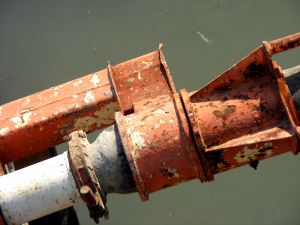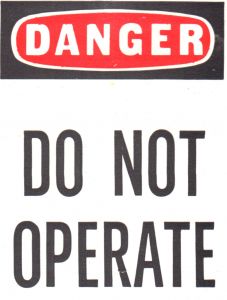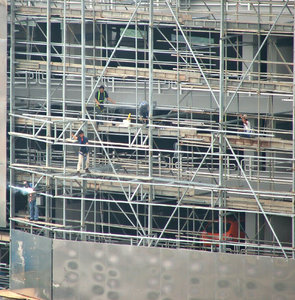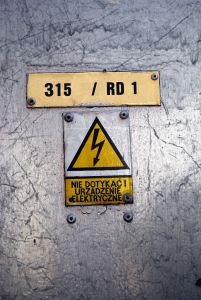Secretary of Labor, Labor Hilda L. Solis, recently issued an important statement regarding the record high temperatures we’re seeing here in the United States. She’s sending out a warning to all workers urging them to protect themselves against a heat-related work injury in Massachusetts and elsewhere.

Our Boston workers’ compensation attorneys recognize that our nation in experiencing record high temps. This heat wave especially affects those who work outdoors as they’re at an increased risk for heat-related illnesses, including heat exhaustion and heat stroke, according to Occupational Safety & Health Administration (OSHA).
Employers are asked to take the following precautions to help protect their outdoor workers:
-Allow new workers to get acclimated to the extreme heat by gradually increasing the work load over a week.
-When possible, schedule heavy tasks to be completed earlier in the day.
-Provide plenty of water to workers at the job site and remind them to drink small amounts of water frequently. It is best if they drink water every 15 minutes.
-Create a work site plan to prevent heat-related illnesses. Make sure that this plan assures that medical services are available to respond to an emergency should one occur.
-Schedule rest breaks throughout the work shift for all employees. During this time, employees should be provided with shaded or air conditioned rest areas near the work site.
It is also important to inform employees about the symptoms of heat exhaustion or heat stroke. They should be able to spot the condition in themselves and in their co-workers. They should also know and understand the steps to take in the event of an emergency.
In an effort to reduce the risk of heat-related illness, OSHA has launched a nationwide outreach campaign to raise awareness among workers and employers about the hazards of working outdoors, especially during this time of year. Through this campaign, OSHA has partnered with the National Oceanic and Atmospheric Administration (NOAA) to provide workers and employers with weather service alerts, including worker safety precautions when extreme heat alerts are issued.
According to Bureau of Labor Statistics (BLS) data, there were more than 200 heat-related deaths from 2003 to 2009. More than 80 percent of these fatalities were in the construction industry. During that same time period, there were nearly 15,500 heat-related injuries/illnesses that required days away from work.
Remember that water, rest and shade are the three keys to preventing heat-related illnesses in this extreme heat.
Continue reading
 Massachusetts Workers Compensation Lawyers Blog
Massachusetts Workers Compensation Lawyers Blog













